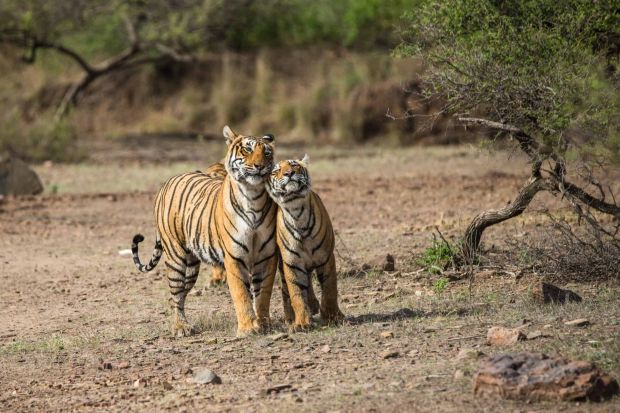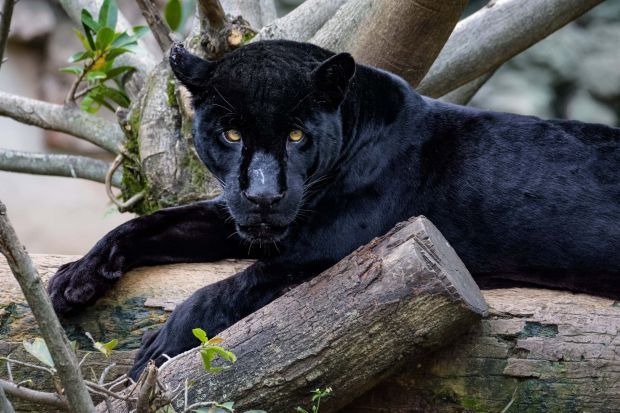The Key to Saving Endangered Cats?

There is still a lot of buzz around bringing back the Dire Wolf and the technology that created them. What could this mean for endangered cats that are facing a crisis? From the majestic Amur leopard clinging to survival in the Russian Far East to the elusive Iberian lynx struggling in the Iberian Peninsula, many species are teetering on the brink of extinction. Habitat loss, poaching, and climate change are all significant threats. But as conservationists fight on these fronts, a new and potentially revolutionary tool is emerging: gene editing.
Could gene technology, specifically techniques like CRISPR, offer a lifeline to these endangered felines? The idea is certainly generating buzz within the conservation community, and for good reason.
The Genetic Bottleneck and the Need for Diversity
One of the biggest challenges facing small, isolated populations of endangered cats is a lack of genetic diversity. Over generations, inbreeding can lead to a buildup of harmful recessive genes, weakening the population’s ability to adapt to disease, environmental changes, and even successful reproduction. This genetic bottleneck can be a death sentence for a species already on the ropes.
Here’s where gene editing comes in. Theoretically, CRISPR could be used to:
- Introduce lost genetic diversity: By editing the genes of individuals within existing populations, scientists could introduce genetic variations that have been lost due to inbreeding. This could enhance the population’s resilience and long-term survival.
- Enhance disease resistance: Scientists could modify genes to make cats more resistant to common diseases that threaten their populations. For instance, feline immunodeficiency virus (FIV), a serious threat to some wild cat species, could potentially be targeted.
- Improve reproductive success: Gene editing could be used to address specific genetic issues that are impacting fertility and reproductive health within a struggling population.
The Promise of CRISPR and Beyond
CRISPR-Cas9, the most widely known gene editing technology, works like molecular scissors, allowing scientists to precisely cut and modify DNA sequences. This precision opens the door to correcting harmful mutations and introducing beneficial genes.
Beyond CRISPR, other genetic techniques like genome sequencing and artificial insemination can also play crucial roles in conservation efforts. Genome sequencing allows scientists to understand the genetic makeup of a population and identify areas where intervention is needed. Artificial insemination, using sperm from genetically diverse individuals (potentially even those preserved in frozen gene banks), can introduce fresh genetic material into struggling populations.
Challenges and Ethical Considerations
While the potential is exciting, the application of gene editing to endangered cats is not without its challenges and ethical considerations.
- Technical Hurdles: Gene editing is not foolproof. There is always a risk of unintended consequences, where the edited gene has unforeseen effects on the animal’s health or behavior. Refining the technology and ensuring its safety for wild cat species is crucial.
- Ethical Debates: Some argue that manipulating an animal’s genetics is inherently unethical, raising concerns about the potential for unforeseen ecological impacts and the “playing God” aspect. Open and transparent discussions about the ethics of gene editing in conservation are essential.
- Public Perception: Public acceptance of gene editing is crucial for its successful implementation. Education and engagement are vital to address concerns and foster support for this technology.
- Return to Wild: Even with successful gene editing, the ultimate goal is to return these modified cats to their natural habitats. Ensuring they can thrive in the wild, competing for resources and adapting to their environment, remains a complex challenge.
A Complementary Approach, Not a Silver Bullet
It’s important to emphasize that gene editing is not a magic bullet. It’s likely to be most effective when used in conjunction with other conservation strategies, such as habitat protection, anti-poaching efforts, and captive breeding programs.
Looking Ahead
The application of gene editing to endangered cats is still in its early stages, but the potential is undeniable. Further research and development are needed to refine the technology, address ethical concerns, and ensure its safe and effective implementation. While challenges remain, gene editing offers a glimmer of hope for the future of these magnificent creatures. By combining innovative genetic tools with traditional conservation efforts, we may yet be able to secure a future where endangered cats thrive in their natural habitats for generations to come.



